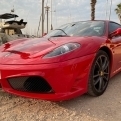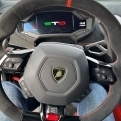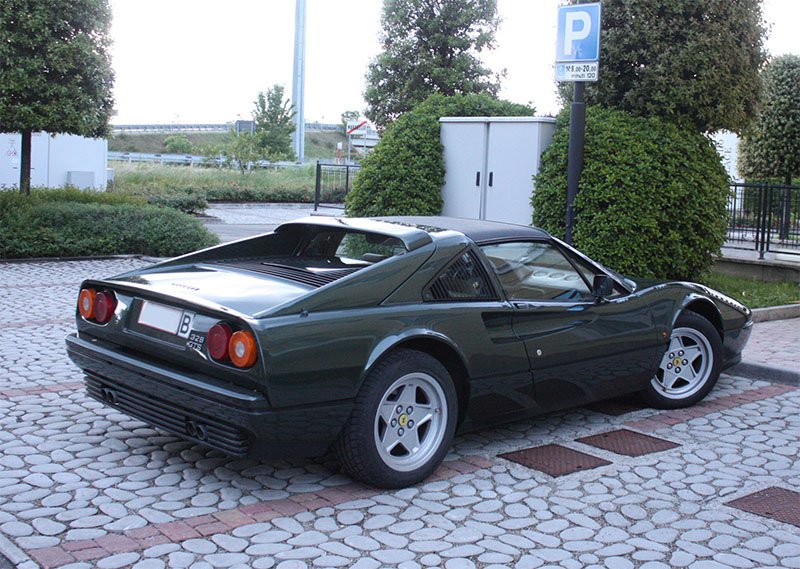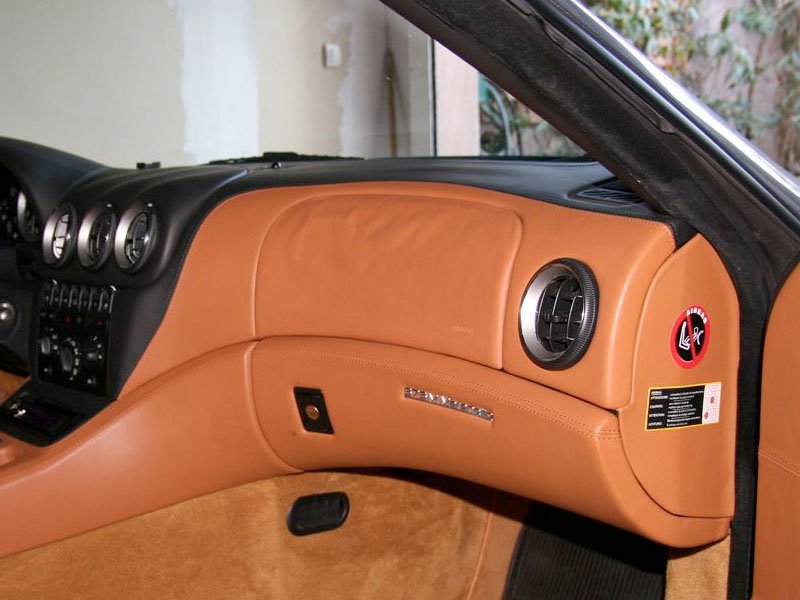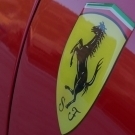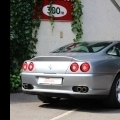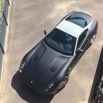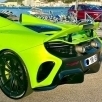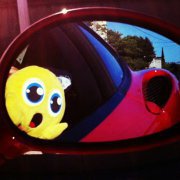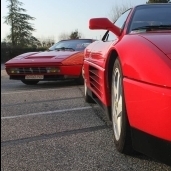Long term test: Calif38's Ferrari California
Par Franck, dans Achat et revente,
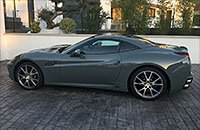
Franck: What is your driving career quickly and why did you choose the Ferrari California?
Calif38: My first was a Renault 5 GT Turbo, it was the time of the first job and of driving in rallies. Then it was my first convertible, a Renault 19 Karman, with romantic outings: Corsica, Loire Valley and its castles.
And my 3rd car was a Miata, for its evocation of English 60s car, in a modern version, reliable and comfortable. Then a BMW Z4 35i DKG for its interior / exterior design and its evocation of the BMW 507, another leading automotive design, elegance and lifestyle. Ferrari was for me a dream like any passionate kid who collected the Burago models and closely followed the release of the Ferrari Testa Rossa and the Ferrari F40.
Franck: What were your criteria for buying a Ferrari California and how did you find that copy?
Calif38: Ferrari was a brand unthinkable for its acquisition and maintenance costs until my professional and personal situation led me to realize that it is not really inaccessible anymore. It started with meeting a Ferrari 250 GT in Grigio and when I come across a Ferrari California 30 at Pozzi in the same shade. I find the evocation of a legendary former convertible, event a CC, with a motorization of character and interior design and level of finish in my taste.
But owning a Porsche also tempts me and during a visit to a pro who offers a 991 and a Ferrari California, I felt in love for this model in Grigio Medio, an historic hue. This is my favorite and the copy is perfect, with a clear history and a big service just done. It had 18,000 km and still under a Power Warranty. She had only 2 owners in 6 years.
Franck: Immediately after the purchase, what has impressed you the most on your Ferrari California?
Calif38: My Ferrari experience begins then. An experience of all senses, sight, smell, it has a subtle fragrance between leather luggage and a discreet smell of beautiful mechanics. It is a pure happiness and a reconquest each time. On board, we feel this DNA race, performance. Its chassis is remarkable, a direction and a millimeter placement, a perfect load distribution.
A comfortable, efficient car, with which it is possible to cruise quietly or accelerate strong enough to stay together with others Ferrari F430, on very sinuous and rolling portions. It is a versatile model, a successful synthesis between a sportivness and comfort thanks to a fantastic gearbox.
Franck: Can you tell us about the costs involved for normal use of a Ferrari California?
Calif38: I just did the annual service for 1,000 euros. During the first kilometers, I found a lot of soot on the rear bumper. This phenomenon disappeared after 1,500 km, probably due to an urban use by the previous owner.
It is a vehicle that gives us, with my wife, a lot of pleasure and reactivate a passion for the automobile and the brand.
Franck: And if you had to do it again?
Calif38: We are very happy with our choice and had the chance to be at the 70th anniversary of Ferrari in Maranello and live this with our two teenagers who had the banana smile.
We think to keep this model in a rare combo and have the desire to own a second one. A V12? The dream or a rear V8, for more sportivness, which allowed to live the passion on the sporting side without competing with our GT model and in this case a spider once again ...
A big THANK YOU to @Calif38 for all these details!
If you own a Ferrari California, what elements would you add to help those who want to buy this model? If you are looking for one, what are the questions you want to ask about it?
If you liked this article, you will also like:
- Where should you have your Ferrari serviced?
- Long term test: Guillaume84's Ferrari F430
- Prices for the Ferrari 360 Modena and F430 over the last 6 years
- Ferrari 308 and 328 buying guide : the various versions (1/3)
- Long term test: Matmatlr's Ferrari 348
- En savoir plus…
- 0 commentaire
- 3 115 vues





